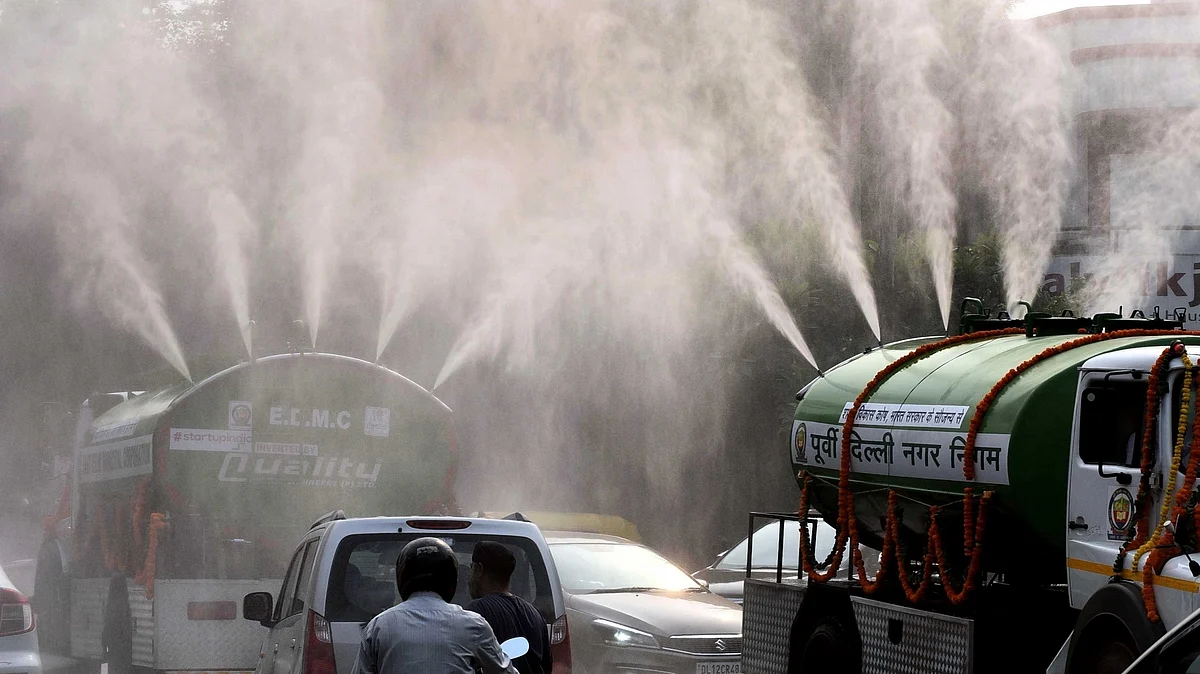‘Local pollutants push Delhi’s air quality to very poor’
The overall air quality in Delhi fell to a ‘very poor’ category on Thursday with an Air Quality Index (AQI) score of 304

The overall air quality in the national capital fell to a 'very poor' category on Thursday with an Air Quality Index (AQI) score of 304, for the first time in the season as reports claimed that local pollutants had not been dispersed yet.
V.K. Shukla, head of the air quality lab of the Central Pollution Control Board (CPCB), said that the air quality has turned very poor as dispersion of local pollutants is not happening due to adverse meteorological conditions.
Shukla said that stubble burning is not very high in the capital, adding that winters will be crucial for assessing air quality. The CPCB has deployed 46 teams in the Delhi-NCR region to monitor air pollution which is being relayed through the Sameer app for action by the concerned authorities. The Environment Pollution (Prevention and Control) Authority (EPCA) has also given directions to the authorities and the Graded Response Action Plan (GRAP) is in place from October 15.
According to a forecast by Safar India, the overall air quality of Delhi was at the lower end of the very poor category on Thursday, with PM2.5 as lead pollutant with a score of 125, falling in the very poor category. This is the first time in the season that it entered into this zone and is likely to remain there for the next two days with a marginally increased magnitude.
This is in line with the extended range outlook where the third week of October was predicted for very poor. The surface winds continue to be slow and variable with predominant direction from southeast. Hence the dominant factor for the increase at this stage is changing local weather conditions rather than external intrusion, Safar said in the forecast.
The stubble burning activity in Haryana, Punjab and nearby border regions has shown an increasing trend over the last 48 hours and additionally, a few new fires have been observed over western Uttar Pradesh. However, the wind directions are not favourable for the direct plume transport to Delhi and the SAFAR model estimates the biomass contribution as just 5%.
Follow us on: Facebook, Twitter, Google News, Instagram
Join our official telegram channel (@nationalherald) and stay updated with the latest headlines